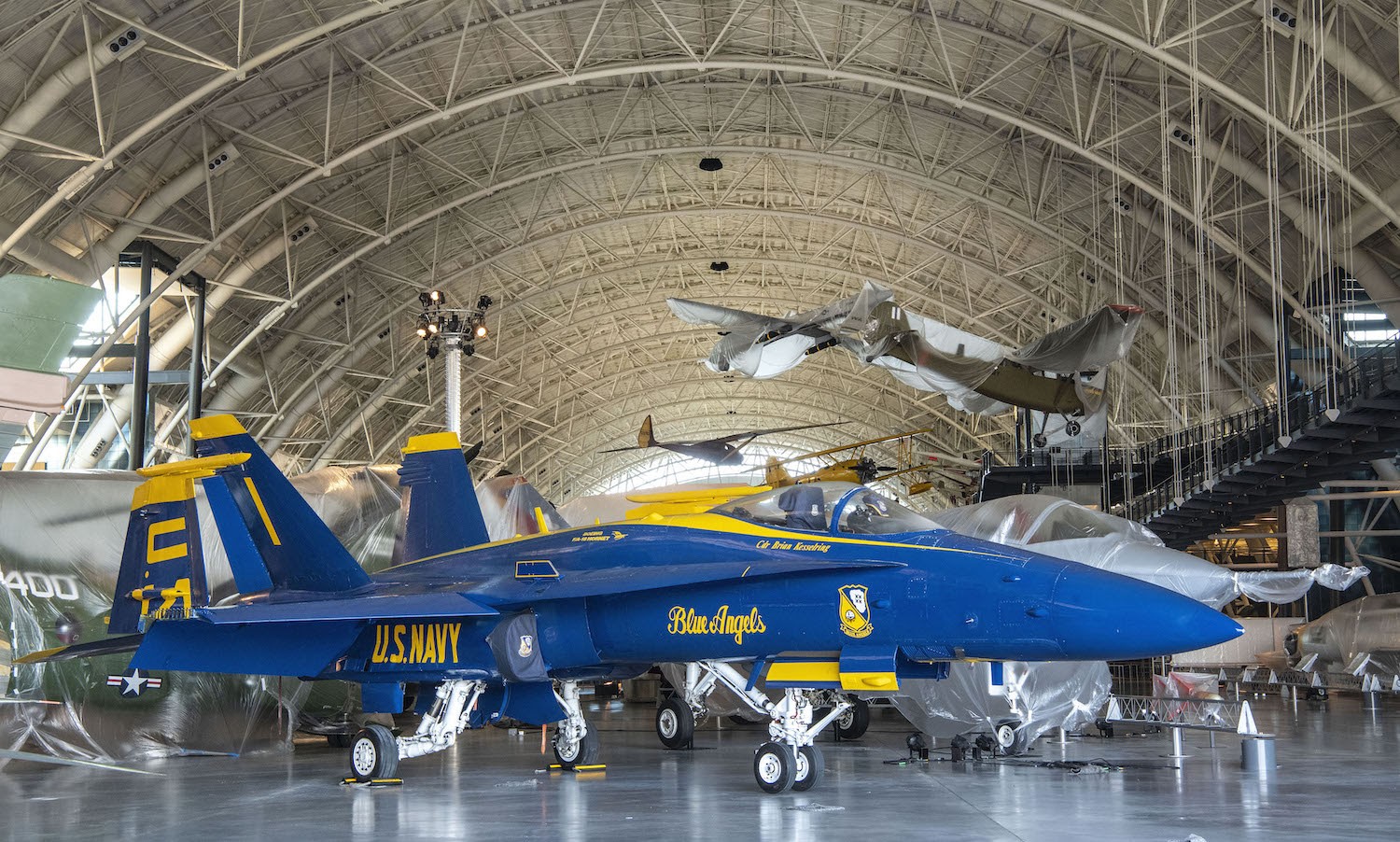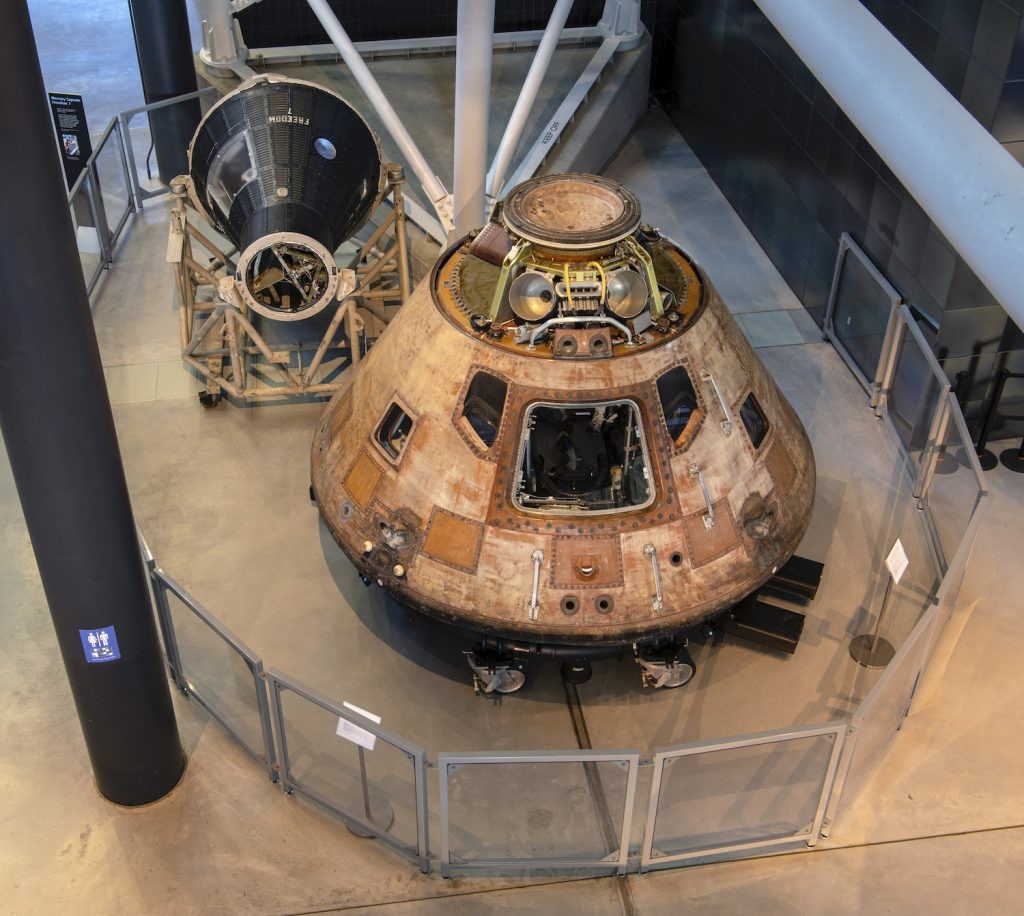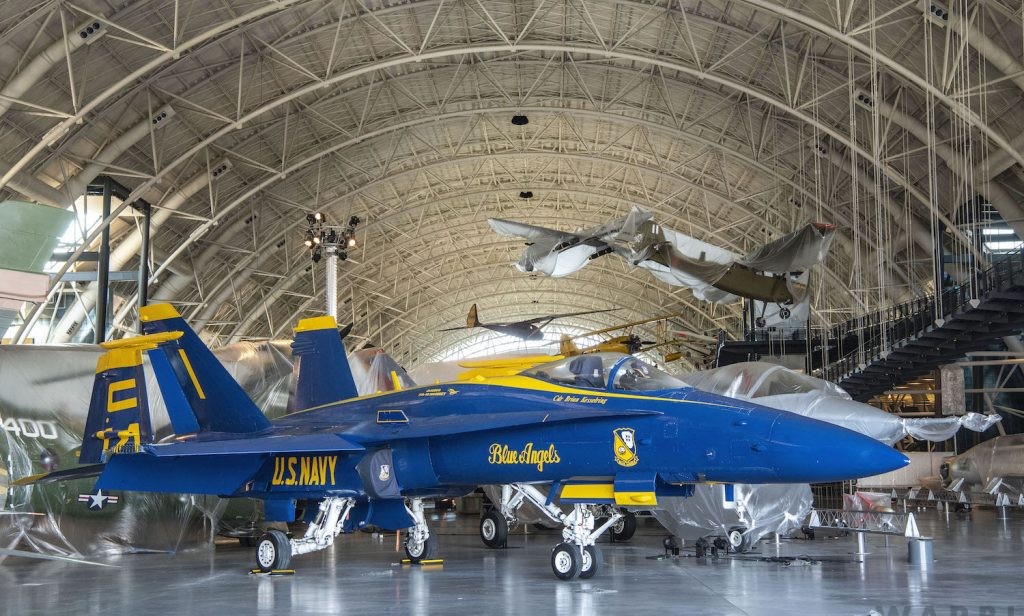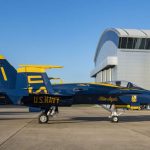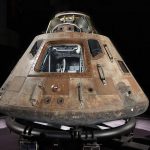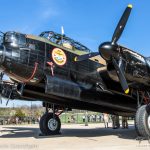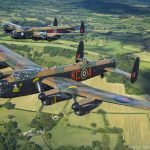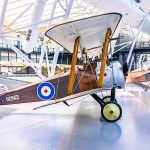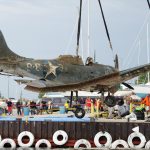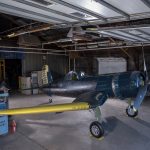The Smithsonian National Air & Space Museum’s Steven F. Udvar-Hazy Center in Chantilly, Virginia will reopen to the public on Wednesday, May 5th, 2021; an auspicious date which coincides with the 60th anniversary of Alan Shepard becoming the first American in space. Museum officials have worked hard to create a safe environment for both visitors and staff, a consequence of which is that all visitors planning a trip to the Udvar-Hazy Center must have a timed entry pass. These passes are free and can be requested online. Request a free timed entry pass.
In celebration of Alan Shepard’s historic spaceflight on May 5th, 1961, the museum’s curators have put his Mercury space capsule, Freedom 7, on display at the Udvar-Hazy Center. It is situated next to command module Columbia, which took Apollo 11’s astronauts to the Moon and back in July, 1969.
Visitors will be able to see one of the facility’s newest arrivals, a former Blue Angels F/A-18C Hornet, which joined the collection on November 18th, 2020. The colorful combat-veteran jet is now on display in the Boeing Aviation Hangar (after reshuffling the Curtiss SB2C-5 Helldiver and Grumman EA-6B Prowler).
This particular Hornet is Bu.163439, just the 11th F/A-18C produced. She began her U.S. Navy service in 1987, with her initial operational unit being VFA-86 Sidewinders, the first East Coast squadron to receive C model Hornets. She flew with the Sidewinders during Operation Desert Storm, the First Gulf War, in 1991 and later with VFA-83 Rampagers, helping to enforce the no-fly zone over southern Iraq in 1994. All told, the airplane served in eight different squadrons, seeing service in both Atlantic and Pacific oceans as well as the Mediterranean and Red seas before being joining the Blue Angels in 2015. She was active with the Blues until the end of the 2020 season. Soon after, the U.S. Military retired the remainder of their Hornet legacy models (A thru D), although their younger offshoot, the Super Hornet Es and Fs, continue to thrive in naval service. While Super Hornets may resemble their predecessors, they are far more sophisticated and potent airframes of significantly larger size (roughly 33%).
-
Air and Space Anywhere: This portal is your entry-point into NASM’s digital content, like virtual tours, podcasts, and more.
-
Virtual Field Trips: These online experiences for groups of 10 or more will engage and excite learners while aligning with their educational needs.
-
Virtual Story Times: NASM’s Flights of Fancy series offers stories for young children and their families inspired by famous moments and pioneers in aviation and space history.
Please note that the Museum on the National Mall will remain closed until further notice. For more information visit www.airandspace.si.edu







